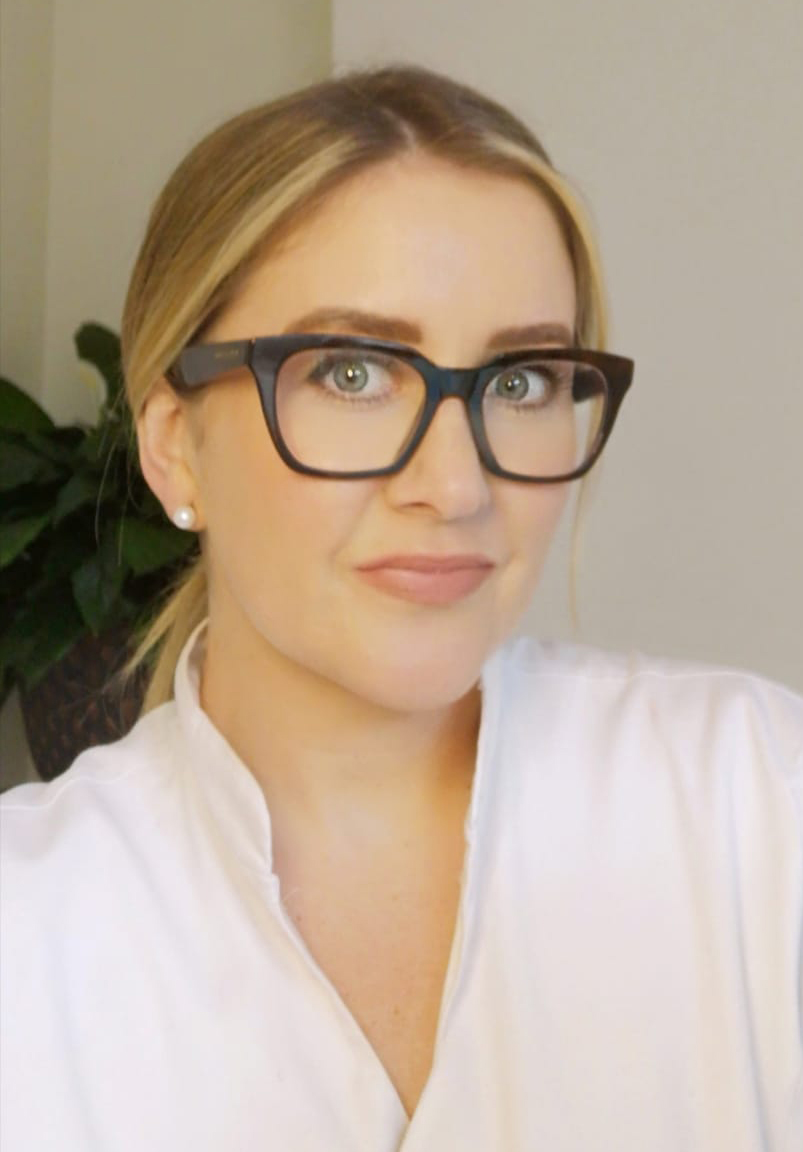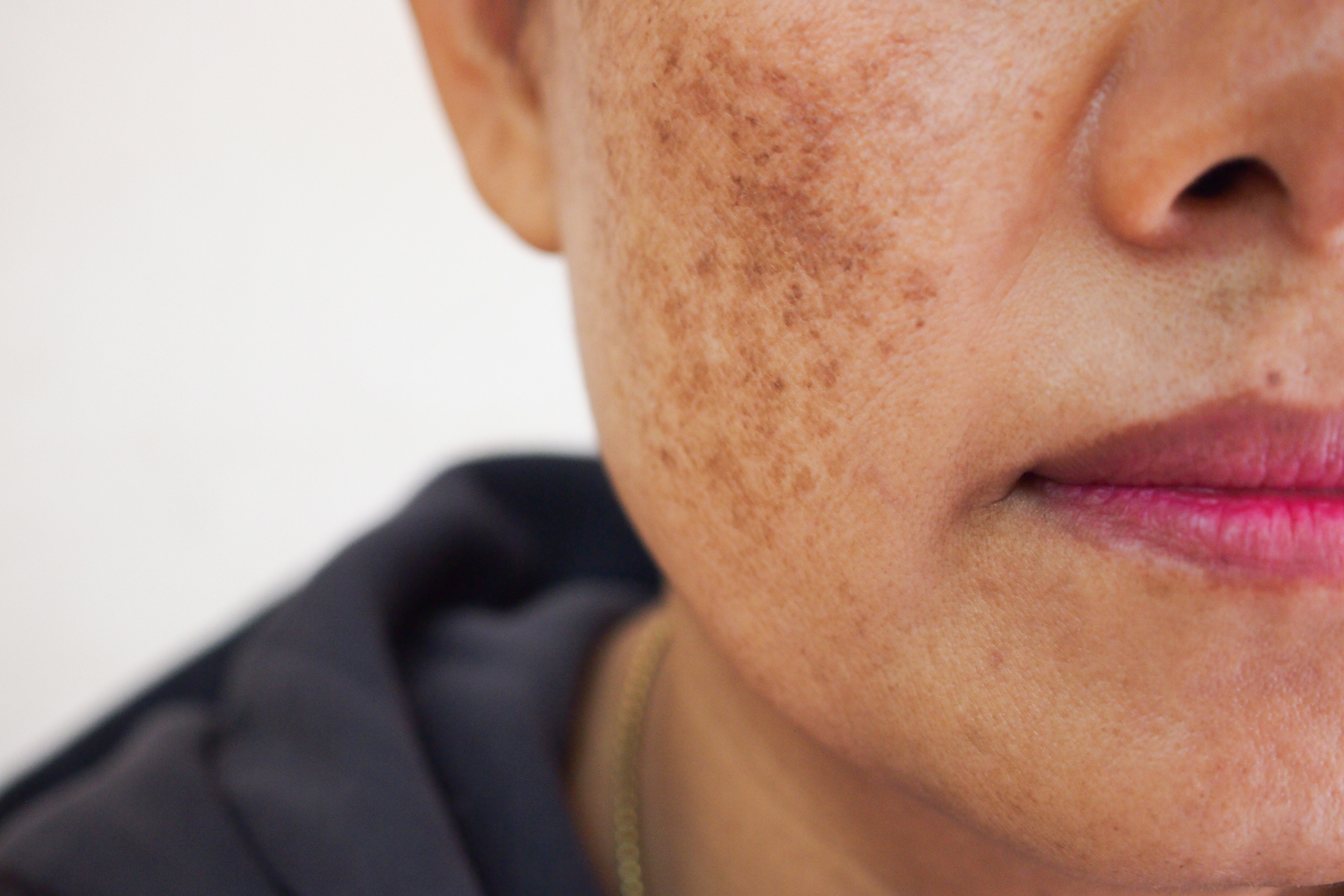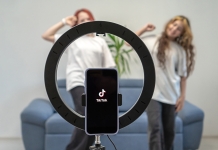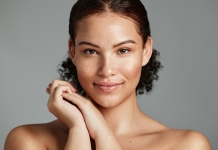Expert Advice: Getting the best results treating Hyperpigmentation
Andrea O'Donnell considers explains Hyperpigmentation and selecting the right professional treatment.
 Hyperpigmentation is a common skincare struggle for many and can be one of the most difficult skin concerns to treat in clinics, to this day.
Hyperpigmentation is a common skincare struggle for many and can be one of the most difficult skin concerns to treat in clinics, to this day.
There are many triggers, such as too much sun exposure, inflammation and melasma being the most obvious. It is often more troublesome in skin of colour, as darker skin has cells that are capable of producing more melanin when inflamed or damaged.
Fortunately, there are a lot of amazing products and treatments out there to treat Hyperpigmentation. I always get clients to start using prescribed homecare products first, containing a mixture of ingredients like Glycolic acid, Azelaic acid, L-Ascorbic acid(Vitamin C), Retinol, Niacinamide, Tyrosinase inhibitor serums and, of course, a broad spectrum sunscreen.
If I do not see any results from active homecare products, I then suggest a combination treatment program in clinic. There are many treatments available, but first you must find out what type of pigmentation they have and what is
causing it:
Freckles
Freckles are characterised by tiny brown spots on the nose and cheekbone and forms in a scattered pattern.
Melasma
Melasma is characterised by blotchy patches of discolouration, more prevalent in dark skinned and middle-aged women and influenced by hormones, genetics and sun exposure. It usually appears on the forehead and cheeks.

Post-inflammatory Hyperpigmentation is characterised by small, discoloured patches that occur from acne outbreaks, inflammation or infection to the skin.
Solar Lentigo
Solar Lentigo is characterised by round dark spots that are well defined and uniform in colour, more present in the elderly and those with prolonged sun exposure.
Seborrheic Keratosis
Seborrheic Keratosis is characterised by tiny black/light brown spots that are rough in texture and slightly elevated, often mistaken as moles. It is more present in elderly people.
My view on professional treatments for Hyperpigmentation
Skin Correcting/Brightening treatments with ingredients that inhibit the formation of melanin through Tyrosinase inhibition will prevent pigmentation recurring. For example, the White Science skin correcting treatment by DIBI Milano is a targeted treatment to reduce pigmentation by slowing down the formation of melanin and minimising skin spots, for an even-looking, vibrant and flawless complexion.
Laser is the best treatment for Hyperpigmentation, as it breaks down melanin or Hyperpigmentation spots into smaller pieces and then removes them from the skin via lymphatic channels. Melanin absorbs energy at wavelength spectrums from 250nm to 1200nm, which is highly effective for treating most types of pigmentation, including severe cases.
Chemical Peels gently remove the top layer of dead skin cells and pigmentation, allowing newer skin to grow through collagen remodelling. Superficial and Medium chemical peels reach the epidermis and the upper dermis using AHAs (Glycolic, Malic acid, Lactic acid), BHAs (Salicylic acid) and Azelaic acid, treating Hyperpigmentation and fine lines.
Deep Chemical Peels are something to tread carefully with, even though they are the best treatment for pigmentation and thoroughly remove damaged/ hyperactive skin cells. There is a high risk of worsening Hyperpigmentation if the treatment is not performed correctly or if the client does not follow strict aftercare advise.
In my opinion, performing a course of superficial Chemical Peels, over a short period of time, is a safe way to treat pigmentation, achieving the same results as with a deep chemical peel but without any risks. I like to combine superficial Chemical Peels with Laser to achieve synergistic results. The Acid Infusion peel from DIBI Milano is a targeted treatment for photo-ageing and pigmentation, with no down-time, just results.
My top tip is to educate all your clients on the importance of SPF. Sunscreen is your best defence treatment for Hyperpigmentation.
Andrea O'Donnell is DIBI Milano National Educator for Xpert Professional.





